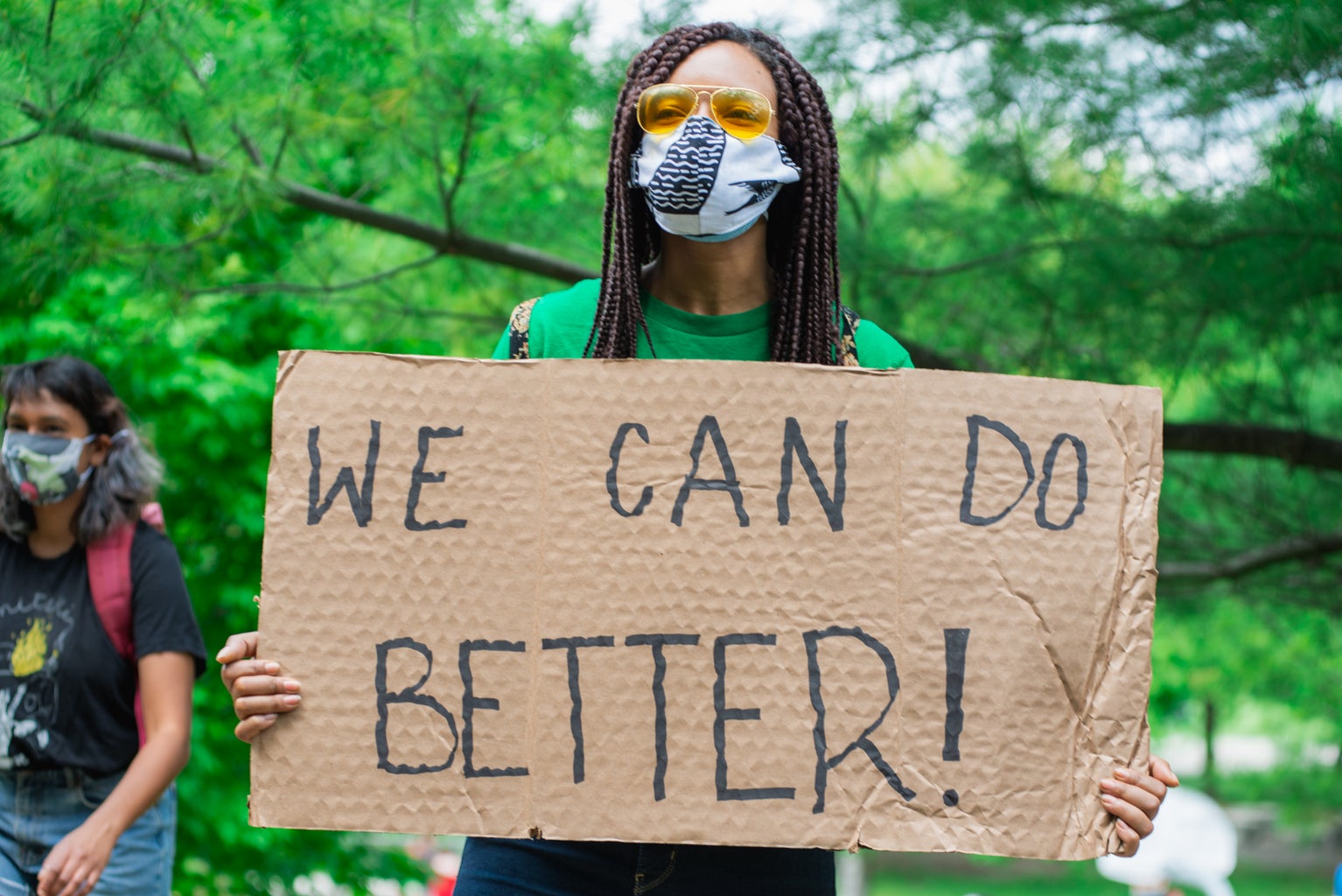In combination with the concept of flex culture and mass consumption, consumer culture and the need to buy more things has been rampant for quite some time now. The term ‘flex culture’ is slang for the environment cultivated by people showing off their material wealth. Especially in the era of social media and influencers, flex culture has a prominent online presence that I do not think is not going away any time soon. As for consumer culture, it relates to the relationship between the consumers and the products / services being consumed. With this, social media apps such as TikTok and Instagram have made it a trend for people to show off the latest things that they have bought while commenting on how much they have spent on those items. While there is nothing inherently wrong with showing the internet the things you have bought (everyone is guilty of retail therapy), the problem lies within the amount of goods the individual has bought and how often they buy. This glamourization of unnecessary mass consumption is apparent in consumer culture, and its impact on the world is detrimental. For this article, the specific relationship within consumer culture that I will be focusing on is fast fashion and how our relationship with it has dire consequences for the globe.
Fast fashion is a booming industry that mass produces the latest trends quickly and cheaply compared to other fashion industry models. The emphasis of fast fashion is on trends, which in itself poses the problem of mass consumption. Trends are a cycle and are not meant to last forever, meaning that these fast fashion companies have to constantly pump out new designs while the old ones just get forgotten. When one links this to social media, the cycle goes even faster as it feels like there is a new trend every week and what was popular yesterday is no longer sought after today. Adding in the dimension of flex culture, the societal norm to flaunt material wealth would also then be synonymous with keeping up with the latest trend. And with trends being so fickle, flex culture excuses people constantly needing to buy the newest style while simultaneously neglecting their older clothing. Indeed, $500 Shein (one such fast fashion retailer) hauls are being flaunted on social media, and it feels as though it is normal and logical for a person to own that much of new clothes at a time. One Maclean’s Magazine perfectly states the mindset of flex culture and that “the hive mind seems to reconfirmed that affluence, however elusive, is the ideal”.
This is where the problem truly starts to arise. The abundance of ‘outdated’ clothes is now considered waste, especially since the effort to produce the clothing typically outweighs its lifespan. Currently, people are buying more clothes but keeping them for a shorter amount of time. With that, where do these clothes go after they’re discarded? Donating these unwanted garments seems like the most ethical and sustainable option to go, but that is not necessarily the case. Only a small percentage of donated clothes are resold into charity shops, while a majority of them are either sent to a landfill or shipped to be resold in developing countries. With the mass amounts of clothes being consumed and discarded, the influx of second-hand clothes being imported to developing countries is so out of hand that countries such as Rwanda have imposed a ban on importing second-hand items. Essentially, donating your clothes is just pushing the responsibility onto someone else but not helping the current situation at hand. Recycling your clothes in the name of being environmentally friendly is misleading, as current recycling technology “cannot reliably turn unwanted apparel into fibers that could be made into new goods”. Other recycling methods are also equally inefficient.
Additionally, the fast fashion industry does not equally distribute its environmental pollution and issues over the globe. Instead, it is mostly concentrated in developing countries due to those countries being the main locations for the manufacturing aspect of the fast fashion supply chain. Furthermore, garment-making in general is already environmentally straining: making clothes requires huge amounts of water (especially for clothes made out of cotton), and fabric dyes result in water pollution. Besides the unethical and inhumane aspect of the fast fashion industry, its supply chain of textile-making and manufacturing is causing environmental degradation. To illustrate, the excessive use of cotton farming has even caused the Aral Sea to dry up as the process exhausted too much water. As the fast fashion industry is expanding, these existing issues will persist and worsen as time passes by unless immediate effective action is taken. This disproportionate distribution of environmental degradation at the hands of the fast fashion industry further shows the inequality between the developed and developing world.
So then, what is the solution for this issue? Senior lecturer in fashion marketing at the University of Manchester Patsy Perry, notes that “there is a fundamental problem with the fast fashion business model where revenues are based on selling more products”. In an ideal world, the fast fashion business model and supply chain operations themselves need to be reformed and changed. Unfortunately, we live in a capitalist society, the main objective of which is profit at all costs. Thus, it is up to the consumers to alter the relationship they have with fast fashion. As I mentioned above, I believe that flex culture plays a part in mass consumption and consequently our relationship with fast fashion in consumer culture. There needs to be an awareness in our society, especially within the online realm, of the fact that material affluence and having an unnecessary amount of material items is not a ‘flex’. With a change of mindset, there could be a change in consumers’ relationships with fast fashion. With less consumer demands, companies would be obliged to listen. Something similar to this is already occurring, with several fast fashion companies creating sustainable initiatives. This does not mean that the issue has been fixed though, as there needs to be a continuous effort from both consumers and producers to ensure that we can sustainably consume products while having companies be able to profit off their businesses.
Sources
Dahlbo, H., Gwilt, A., Perry, P., Peters, G., Rissanen, T., & Niinimaki, K. (2020). The environmental price of fast fashion. Nature Reviews Earth and Environment, 1, p. 189 – 200. https://doi.org/10.1038/s43017-020-0039-9
Fiouzi, A. (2021). How clothing donation drop-offs are agents of fast fashion. Mel Magazine. https://melmagazine.com/en-us/story/how-clothing-donation-drop-offs-are-agents-of-fast-fashion
Hoeller, S. (2015, October 3). 9 incredible photos of an eerie ship graveyard in the middle of an Uzbekistan desert. Business Insider. https://www.businessinsider.com/moynaq-ship-graveyard-in-uzbekistan-desert-2015-9
John, T. (2018, May 28). How Rwanda and the US have fallen out over second-hand clothes. BBC News. https://www.bbc.com/news/world-africa-44252655
Morgan, B. (2020, February 24). 11 Fashion companies leading the way in sustainability. Forbes. https://www.forbes.com/sites/blakemorgan/2020/02/24/11-fashion-companies-leading-the-way-in-sustainability/?sh=17ee5bb06dba
Remy, N., Speelman, E., & Swartz, S. (2016, October 16). A style that is sustainable: A new fast fashion formula. Mckinsey Sustainability. https://www.mckinsey.com/capabilities/sustainability/our-insights/style-thats-sustainable-a-new-fast-fashion-formula
Smith, M. (2020, March 10). Appearing wealthy on social media has become its own industry. Maclean’s. https://www.macleans.ca/society/appearing-wealthy-on-social-media-has-become-an-industry/
United Nations Economic Commision for Europe (2018, March 1). Fashion and the SGDs: What role for the UN? https://unece.org/fileadmin/DAM/RCM_Website/RFSD_2018_Side_event_sustainable_fashion.pdf
United Nations. (2021, June 28). Putting the brakes on fast fashion. https://www.unep.org/news-and-stories/story/putting-brakes-fast-fashion



